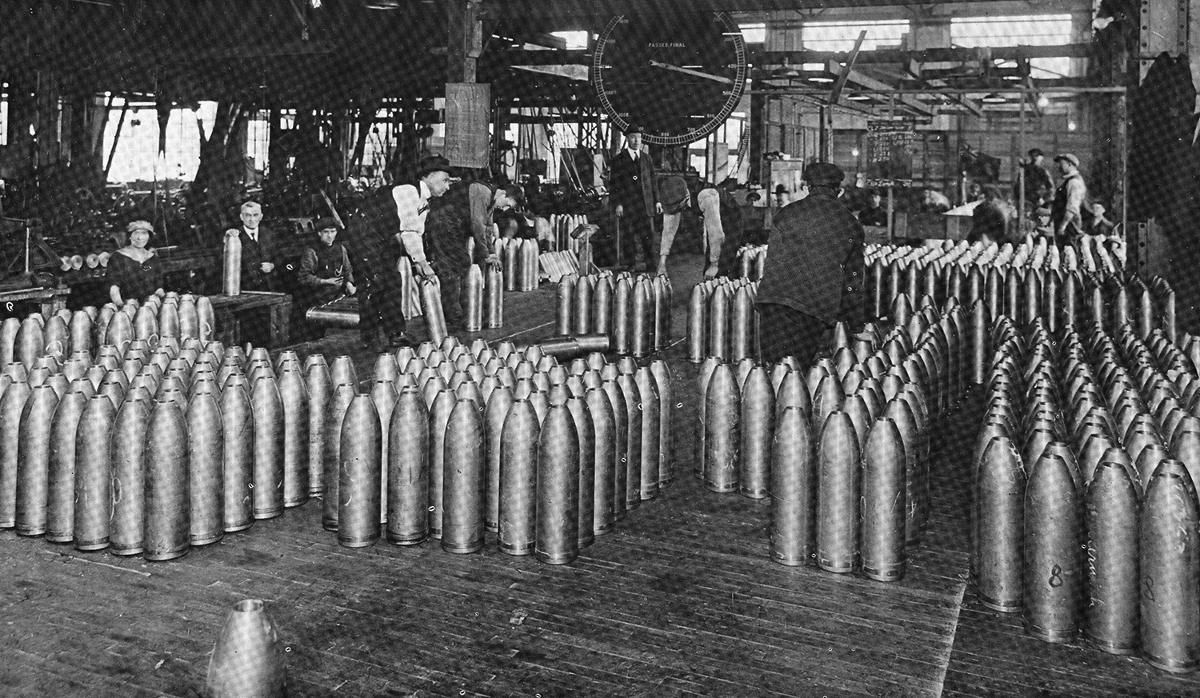And now, something to consider the next time you go for a solitary walk, grab a coffee, or enjoy some free time.
If someone were to ask what Canada means to you in personal terms, how would you respond?
Of course, there are the familiar images of rippling wheat fields, the majestic Rockies, the Northern Shield, a thousand and one hockey games, the flag atop Parliament Hill. There are also the values we share, the history, good and bad, that we have lived as a nation, and the growing pride we feel about our place in the world, and our contributions to it. And also, very much at the root of all this…Leaside.
As we approach the 150th anniversary year of Confederation in 2017 it’s worth thinking about how our views of the community in which we live affect how we look at the world beyond. If you feel good about the first, you’re much more likely to feel optimistic overall. As the late American politician, Thomas ‘Tip’ O’Neill, Jr., famously said, “All politics is local.” Astute politicians – including the Leaside-raised Stephen Harper – have taken that to heart.
If you live in Leaside, you have many reasons to feel upbeat. It’s a relatively prosperous, safe place where families and people of all ages and backgrounds live harmoniously; it’s close to the centre of Canada’s biggest city; and yet it has retail stores, recreation facilities and restaurants of such quality that you needn’t stray far from home to be well served.
It didn’t become that way overnight. Like the country of which it is part, Leaside is best appreciated when you understand its history.
The full story of the community is too long and complex to tell in one sitting – but some elements stand out. Founded by the William Lea family in the early 19th century, it was first used as farmland. Since then, Leaside has been at various times a railway town; the home of a busy airport; an industry-oriented ‘company’ town (many of its streets and buildings were built by employers wanting their workers to live near their factories); a staging place for military personnel headed off to war; and, for a good part of its history, a standalone town quite distinct from Toronto. Streets including Laird Drive, Hanna Road and Wicksteed Avenue are named after Canadian Northern Railway company executives – a reflection of the company’s influence and presence in the early 20th century. At the same time, the community was briefly the home of Durant Motors, an automobile manufacturer founded by William Durant, who in a previous time controlled General Motors. When the First World War began, the federal government took a lease on 220 acres of land between Wicksteed and Eglinton avenues, and built an airstrip that served as a training base for pilots of the Royal Flying Corps. By the end of the war, the area had accommodations for more than 1,000 military personnel.
Despite all that, Leaside was considered remote from Toronto – in large measure because of the difficulty in crossing the Don River valley. In the years after the First World War, the population dipped to 500. That changed in the late 1920s, with the building of the Leaside Viaduct, and the later creation of an underpass on Millwood Road. By the start of World War Two in 1939, Leaside was an important industrial centre, with plants for, among other things, the manufacture of car and other engines, radio equipment and optical supplies. The town also formally ‘adopted’ No. 432 RCAF Squadron, which became known as the Leaside Squadron.
Since the end of the war, Leaside has steadily moved away from its industrial roots, and morphed into a much more residential community. That has meant the end of many of the landmarks that originally dotted the area. Leaside train station closed in 1970. The once-busy airport declined steadily in importance, and the last hangar was demolished in 1971.
But signs of those original roots remain visible to amateur archaeologists. There are those street names – Hanna, Laird, Wicksteed, etc. – and once you know what to look for, it’s apparent that the blocks of homogenous low-rise apartment buildings nearby were built by companies creating lodging for their workers. The popular Badali’s produce store on Bayview has some first-rate photos of Leaside in the past – including the airport. And when you look past the present use of many buildings on and around Laird Drive, they reflect their roots as one-time factories and manufacturing plants.
Here, as across Canada, our history is all around us, if we just take the time to look. It teaches us how we became what we are as a community – and country. Now, here’s a chance to reflect on that further: Later this fall, my organization, the non-profit Historica Canada, will unveil a national competition entitled Here’s My Canada. We’ll ask entrants to provide us with 30-second videos of what Canada means to you as an individual. We’ll help you by providing a free app that will allow you to shoot, edit and submit your entry easily from your mobile device – or otherwise, if you prefer. You can find more details on our website www.historicacanada.ca later this month. We hope you’ll do so, as a way of celebrating the country that we live in, and also for providing future generations with a sense of what individual Canadians thought of our home during this important anniversary. Please take this chance to consider our past – and contribute to our country’s vision of itself in future.
Anthony Wilson-Smith is President and CEO of Historica Canada. It runs programs – also including the well-known Heritage Minutes – focused on Canada’s history and the values of citizenship. Much of the information in this piece is drawn from Historica Canada’s www.thecanadianencyclopedia.ca/ and a Wikipedia entry on Leaside’s history.




